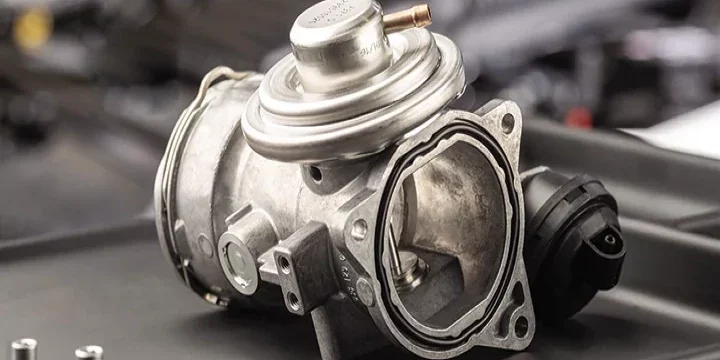An EGR (Exhaust Gas Recirculation) delete is a modification made to a vehicle’s engine that involves removing the EGR system or blocking it off. The EGR system is responsible for recirculating a portion of the exhaust gases back into the engine cylinders to reduce emissions. While it does help in reducing emissions, it can also have negative effects on the engine’s performance, fuel economy, and overall lifespan.
The EGR system can lead to a build-up of carbon and soot inside the engine and can cause issues with the engine’s performance. The recirculation of exhaust gases can also reduce the amount of oxygen available for combustion, leading to decreased power and fuel economy. Additionally, the EGR system can become clogged or fail, leading to costly repairs.
An EGR delete is a way to remove or disable the EGR system, allowing for improved performance and potentially better fuel economy. EGR deletes are typically performed by either physically removing the EGR system components or by using software to disable the system.
There are a few different methods for performing an EGR delete, including:
- Physical removal: This involves physically removing the EGR valve and blocking off the EGR port on the engine block. This method is typically used on older vehicles that do not require emissions testing.
- EGR delete kit: This is a kit that includes a block-off plate and sometimes a new intake manifold that replaces the EGR system. This method is typically used on newer vehicles that still require emissions testing.
- Software remap: This involves using software to disable the EGR system electronically. The remap can be performed using a custom tuning device or by visiting a tuning shop. This method is the most common and is typically used on newer vehicles.
Benefits of an EGR delete include:
- Improved performance: By removing the EGR system, the engine will have more oxygen available for combustion, leading to improved power and throttle response.
- Better fuel economy: The EGR system can reduce fuel economy by recirculating exhaust gases back into the engine. Removing the system can lead to better fuel economy.
- Reduced engine wear: The EGR system can lead to a build-up of carbon and soot inside the engine, which can cause premature wear on engine components. Removing the system can reduce engine wear and potentially extend the engine’s lifespan.
- Reduced maintenance costs: The EGR system can become clogged or fail, leading to costly repairs. Removing the system can reduce the likelihood of these issues and potentially save on maintenance costs.
It is important to note that removing the EGR system can lead to increased emissions and is illegal in some regions. It is recommended to check local laws and regulations before performing an EGR delete.
In conclusion, an EGR delete is a modification that can lead to improved engine performance, fuel economy, and reduced maintenance costs. However, it is important to consider the potential environmental impact and legality of the modification before proceeding.


